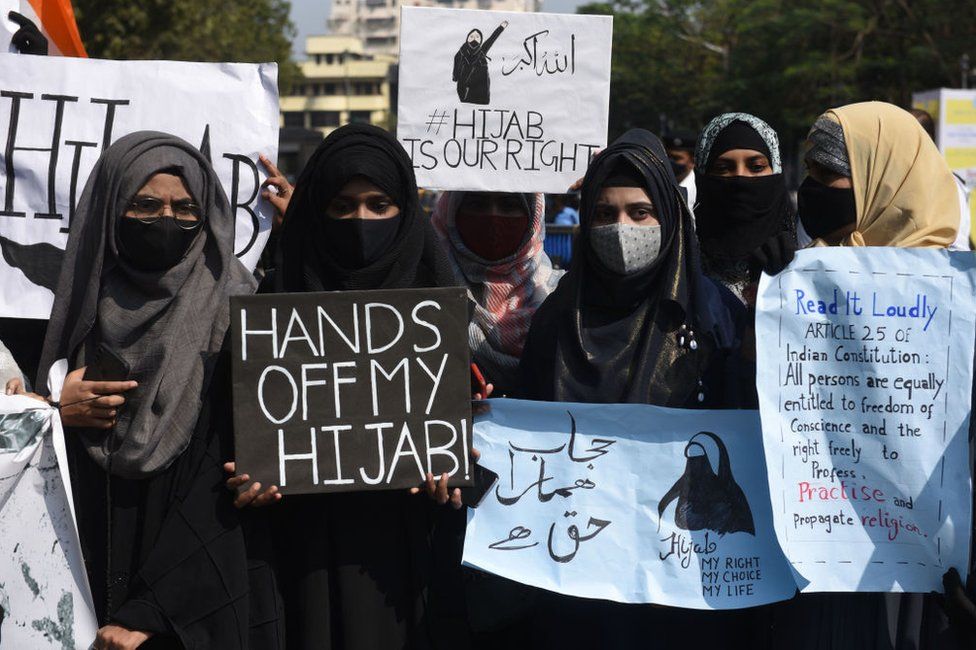Table of Contents Show
There are a number of reasons why it can be difficult for women to wear and own hijabs. For one, hijabs can be expensive, and many women cannot afford to purchase one. Additionally, hijabs can be difficult to find in certain areas of the world, and women may not have easy access to them. Finally, some women may feel uncomfortable or self-conscious about wearing a hijab in public, as they may fear that they will be ridiculed or judged.
Despite these challenges, however, many women choose to wear hijabs as a way to express their faith and identity. And as the world becomes more accepting of different cultures and religions, it is likely that the hijab will become more commonplace and accepted. Muslim women choose to wear hijabs as a way to express their faith and identity. And as the hijab becomes more visible in popular culture, it is hoped that the barriers to wearing one will eventually be lowered.
The hijab is a visible symbol of faith:
The hijab is a visible symbol of faith, and for many women, it is a way to express their religious beliefs. However, the hijab can also be seen as a symbol of oppression, and many women feel that they are forced to wear it. They choose varieties of fabrics such as the georgette hijab and hijab chiffon.
In some countries, women are required to wear the hijab by law, and in other countries, women may choose to wear it voluntarily. In either case, it can be difficult for women to wear and own hijabs due to the stigma surrounding them. In many societies, women who wear hijabs are seen as submissive and oppressed, and they may be treated differently than women who do not wear hijabs. This can make it difficult for women to feel comfortable in their own skin, and it can also make it difficult for them to find employment or participate in social activities.
The hijab is often seen as oppressive to women:
There are a number of reasons why it is still difficult for women to wear and own hijabs. The hijab is often seen as oppressive to women, as it is seen as a symbol of male control over female bodies. Additionally, many Muslim women do not feel comfortable wearing hijabs in public due to the negative connotations that are often associated with them. Finally, hijabs can be expensive and difficult to find, which makes it difficult for many women to access them.
While there has been some progress made in recent years in terms of making hijabs more accessible and acceptable, there is still a long way to go. Chiffon hijab is found to be the most worn across all the fabrics because of its comfortable feel.
The hijab can be seen as a sign of modesty and respect:
In many cultures, the hijab is seen as a sign of modesty and respect. It is not uncommon for women to feel more comfortable and respected when they are wearing a hijab. However, there are still many cultures that view the hijab as a sign of oppression. This is especially true in Western cultures where the hijab is often seen as a symbol of Islamic extremism. In these cultures, it can be difficult for women to wear hijabs without feeling ostracized or discriminated against.
There are many different styles of hijabs that are not accepted at times:
While there are many different styles of hijabs, not all of them are considered to be acceptable by everyone. Some women choose to wear hijabs that are more revealing, while others prefer to wear hijabs that cover more of their face and body. Hijabs are found in various comfortable fabrics like crimp hijabs, lawn hijabs, and scarves or cotton stoles.
This can be a difficult decision for many women, as they want to be able to express their faith while also being able to dress in a way that is comfortable for them. Additionally, some women feel pressure from their families or community to dress in a certain way, which can make it difficult to feel like they have the freedom to choose their own hijab style.












